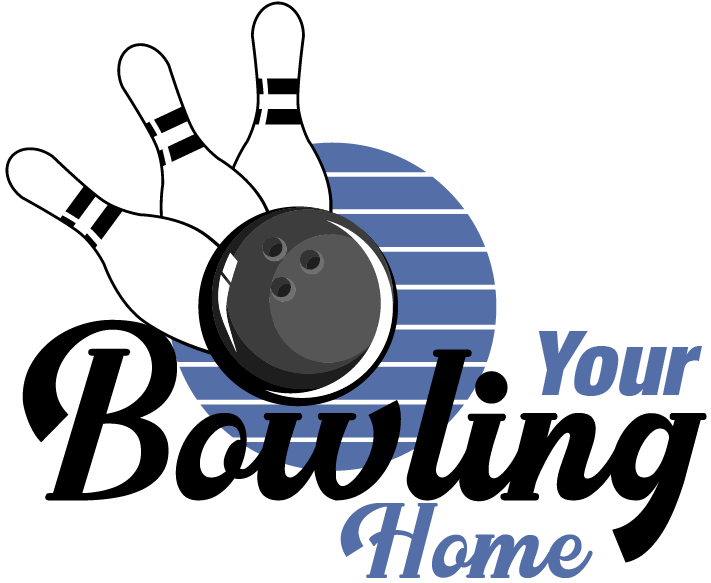No matter what game you play, there will be a “stage” where it’s played. Whether it’s a field, court, stadium, or any other venue, some dimensions are often always set for that particular sport. This is what keeps a vital playing condition equal, maintaining uniformity in each game.
Bowling is not different and it also has some specifications that need to be upheld. A bowling lane is designed in such a way as to stay true to dimensions that have been set by the United States Bowling Congress.
So how big is the bowling lane? What are its dimensions, and what kinds of centers can host professional games? Keep reading for the answers!
What Are the Dimensions Needed for the Bowling Lane?
Pin bowling involves rolling a ball to knock down pins set in an ordered manner. Ten-pin bowling, candlepin bowling, nine-pin bowling, duckpin bowling and five-pin bowling are the types of pin bowling there are. Whichever you choose, you will play it in an area called a Lane.
Ten-pin bowling is the most popular of the pin bowling variations, and it is most often played professionally.
The standard dimension for a ten-pin lane is 60ft × 42in (60 feet long and 42 inches wide). Each side of a standard lane has a 10-inch gutter (more on this later).
Regulation Bowling Alley or Mini Bowling System?
There are a few types of bowling regulation systems. Let’s take a look at the major two.
Regulation Bowling Alley
Everything described above is for a Regulation Bowling Alley.
Professionals compete in lanes with these specifications. Hobbyists also play in these lanes.
A standard regulation lane is measured from the foul line (release area) to the head pin (pin 1).
A regulation lane has 39 boards that are marked with arrow guides for bowlers. Each arrow is five boards apart and board 20 (counting from either side of the lane) has the center arrow.
A good regulation surface is free from grooves or bumps, with only a 0.04-inch margin of error allowed, and is constantly coated with protective fluids.
Mini Bowling System
Mini bowling is a scaled-down version of regulation bowling. It is mostly targeted at children and is set up at lounges and recreation venues, but adults can have as much fun as they want with mini bowling.
As mini-bowling systems are for children, the heavier pins and balls of nine-pin and ten-pin bowling are also miniaturized.
The smaller pins were named “duckpins”. This is the origin of duckpin bowling as we know it today. The lanes are smaller too and are fitted with lights to make them more attractive. It is mostly a leisurely activity for friends and family.
Single lane or Multi-lane?
Bowling alleys with single lanes exist but they are mostly used for competition. Professionals use them for practice and hobbyists use them to get better at the sport.
Rich people can even get them installed in their homes for their recreational needs.
Multi-lane alleys are usually for recreation. They are mostly found in commercial zones. They have bars, lounges, and even fast food in their spaces.
Friends and family can come in groups to play in multi-lane alleys for a good time. When the friend group is made up of more than six people, they are split into two groups.
Components of a Bowling Lane
Here are the key components of a bowling lane.
Pin Deck
The pin deck in a bowling lane is the area where the pins are arranged. This area is usually not factored in when calculating the bowling lane dimensions.
The pins in the pin deck are arranged 12 inches apart from each other in an equilateral triangle that measures 36 inches.
Foul Line
The Foul Line is the release area in a bowling lane. It is also not factored in when calculating bowling lane dimensions. It is marked by seven dots at the start of the standard regulation bowling lane and is the area where the bowler releases the ball after his approach.
Gutters
Also known as a channel or a ditch, this is a depressed area located at the sides of the lane. It exists to stop the ball from rolling away from the lane onto the floor.
If your throw lands in the gutter ball, they give you a score of zero.
Final Thoughts
Knowledge of these dimensions will not make your bowling better, to be honest. It’s just good knowledge to have because it’s the playing surface you have to work with.
It’s just like knowing the route to somewhere, but it depends on your driving skills to navigate that route.
The important thing is to be certain that the length is standard for a regulation lane and that the number of boards matches up to what is required.
You should also always confirm that the bowling lane is smooth, as it could affect your bowling shots.
